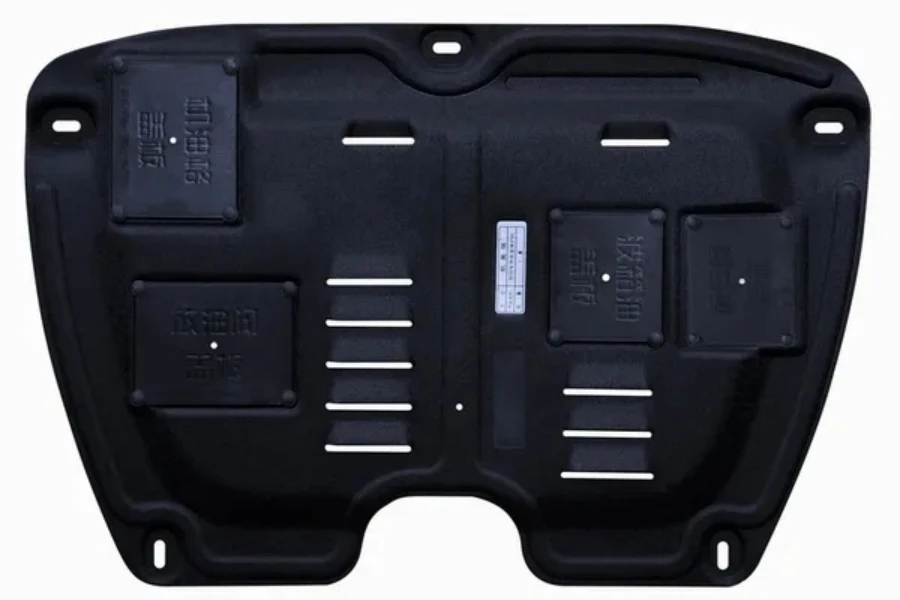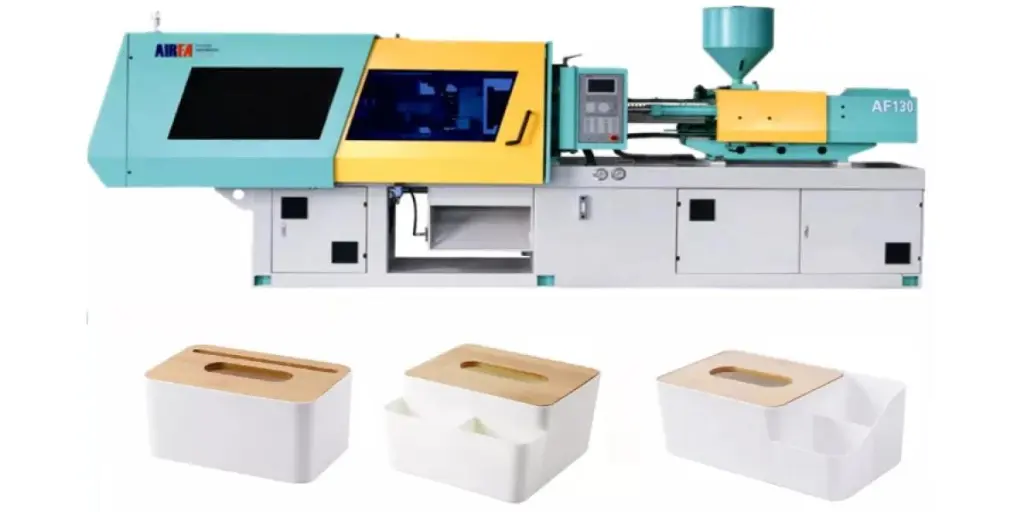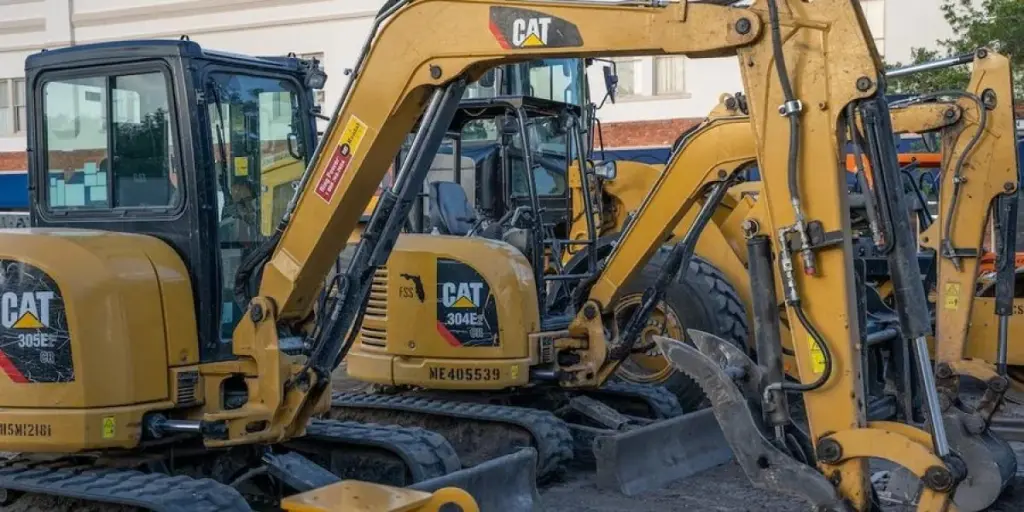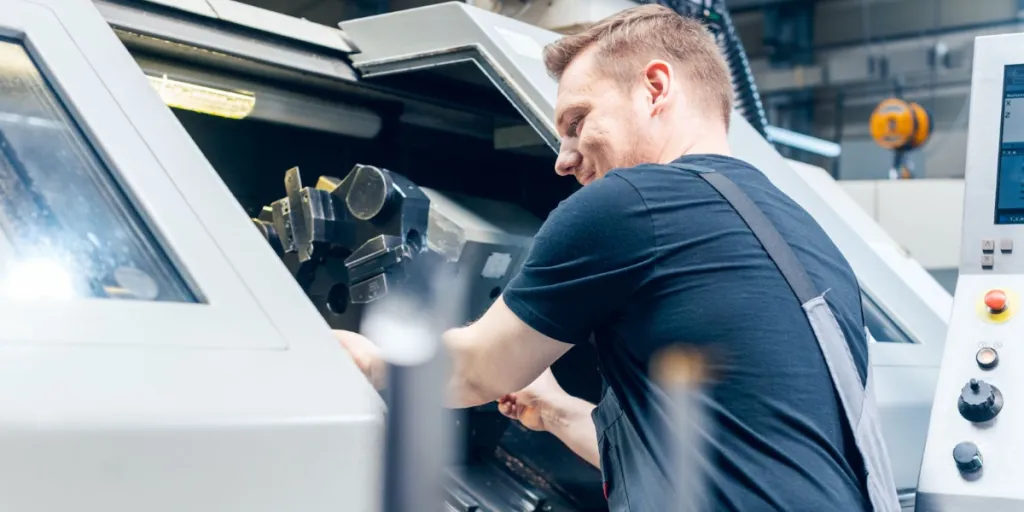Plastic injection molding is a fast manufacturing technique used to make high-precision engineering resins for many industries. With the steady growth of technology and change in consumer demands over the years, new resin formulations are implemented to bring unprecedented benefits to companies that opt for this technique.
This article strives to stay on top of the newest technologies available to sustain environmentally friendly manufacturing. Let’s get to know these plastic injection molding trends and how you can benefit from them.
Table of Contents
Overview of the global injection molding machine market
Plastic injection molding technologies for next year
Conclusion
Overview of the global injection molding machine market
The global injection molding machine market size is projected to register a compound annual growth rate (CAGR) of 4.9% by 2030. The increased demand for large-tonnage plastic molding machines in end-user industries such as automotive, electronics, consumer goods, and packaging is the main factor fueling the market.
Other factors such as increasing globalization and the demand for reliable, energy-saving, and low-cost products are expected to boost the machine market revenue between 2021 and 2030. To meet specific consumer demands, manufacturers are now producing smart machines with customization abilities, at lower prices and improved quality.
Asia-Pacific continues to dominate the injection molding machine market share of over 35% as at 2021. The governments within the region are highly invested in the development of public infrastructure and residential construction.
Plastic injection molding technologies for next year
1. 3D printing meets injection molding

3D printing is used in injection molding processes to create prototypes and small-batch production runs, allowing for quicker and more cost-effective production of customized products. It is also used to produce the injection mold itself, streamlining the entire production process for larger production runs.
Integrating 3D printing into injection molding allows for faster and more cost-effective prototyping and small-batch production, as well as the ability to produce customized products. It also allows for greater flexibility in the design process, as changes can be made quickly and easily through the use of digital design tools.
3D injection molding is majorly used in the automotive industry due to its ability to produce complex, customized parts with high precision and accuracy. Some examples of parts that can be produced using 3D injection molding in the automotive industry include:
- Dashboard components
- Door handles
- Air intake manifolds
- Engine covers
- Transmission components
- Fuel system components
- HVAC (heating, ventilation, and air conditioning) components
- Lighting components
- Exhaust system components
These parts are typically made from plastic materials, such as polypropylene, ABS, or nylon, which can be molded with a high degree of accuracy and precision.
It also allows for greater flexibility in the design process, as changes can be easily made through the use of digital design tools. Additionally, 3D injection molding can produce parts with intricate details and tight tolerances, which are important for ensuring the performance and safety of automotive components.
2. Advanced automation in injection molding

Automation is a vital force in the plastic injection molding sector because it helps to improve the efficiency, accuracy, and speed of the manufacturing process, leading to cost savings and increased productivity. Automation also allows for the production of complex and high-precision parts that would be difficult to produce manually.
These benefits are appealing to industries that require high volumes of identical parts, such as the automotive and consumer electronics industries. For example, a car manufacturer could use automation in injection molding to produce high-quality car parts faster and with less waste, which could ultimately lead to lower production costs and higher profits.
Similarly, a medical device company could use automation to produce precision-molded parts for their products, resulting in improved product quality and reliability.
These industries use advanced automation like injection molding robots that are typically used to handle tasks such as material handling, part removal, and quality inspections. These robots can be programmed to perform these tasks with high accuracy and speed, and can be easily integrated into the injection molding process to improve efficiency and reduce labor costs.
For example, you could use a robot to load and unload raw materials into the injection molding machine, or to remove finished parts from the mold and place them onto a conveyor belt for further processing.
3. Micro-injection molding
Micro-injection molding is a specialized form of injection molding that is used to produce very small, precise parts with tight tolerances. These parts are typically in the range of 0.1 mm to 1 mm in size and are used in a variety of applications, including medical devices, electronics, and consumer products.
One of the main benefits of micro-injection molding is its ability to produce high-precision parts with extremely tight tolerances, which is not possible with traditional injection molding methods.
Due to this and other benefits, micro-injection molding is highly used in the automotive industry to produce major parts such as fuel injection systems, engine components such as valve springs and pushrods, and transmission systems such as gears and bearings.
4. In-line control & monitoring of injection molding operations
In-line control and monitoring of injection molding operations involves the use of sensors and other technologies to monitor and control the various stages of the injection molding process in real-time.
This trend is useful in the automotive industry because it allows manufacturers to optimize the injection molding process for increased efficiency, improved product quality, and reduced waste.
In-line control and monitoring is applied to a variety of vehicle parts, including engine components such as fuel injectors and valve springs, which require precise tolerances to function properly, transmission components, and body parts like car doors and fenders, to ensure that they meet the required standards for fit and finish.
Conclusion
In summary, these latest plastic injection molding technologies offer a range of benefits for businesses in the automotive industry. Automation, for example, can help businesses produce parts faster and with less waste, while micro-injection molding can be used to produce small, precise parts with tight tolerances.
In-line control and monitoring can help businesses optimize the injection molding process and ensure that parts are being produced to the correct specifications. You can take advantage of these trends to boost your business by improving efficiency, reducing costs, and producing high-quality parts that meet the required standards.




